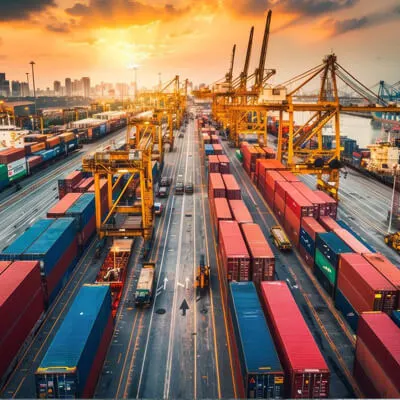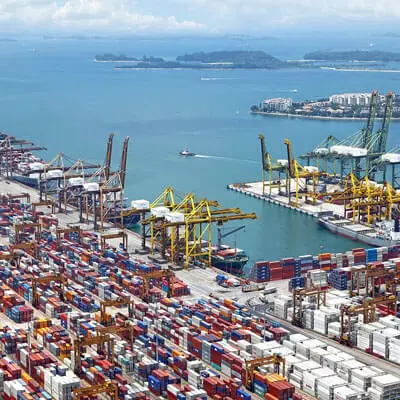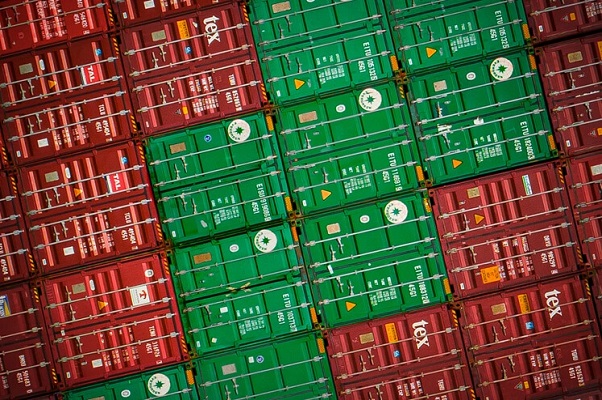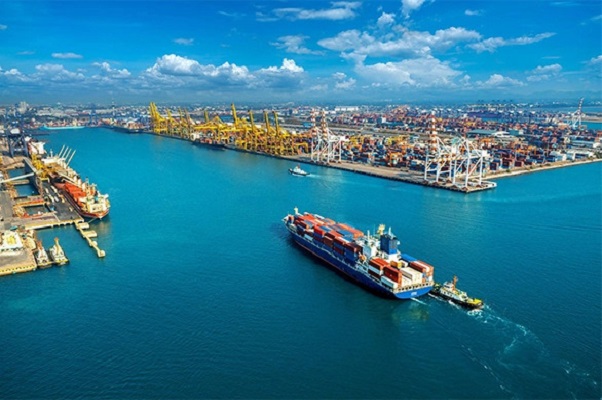+
Shipping from China to the USA is a critical process for businesses and individuals engaged in international trade. It involves careful planning, selecting the right shipping method, partnering with a reliable freight forwarder, and ensuring compliance with customs regulations. Here’s a step-by-step guide to help you navigate this process efficiently and cost-effectively.
The first step is to select the most suitable shipping method based on your budget, timeline, and the nature of your goods. The two primary options are air freight and sea freight, each with its own advantages and limitations.
Air freight is the fastest option, ideal for time-sensitive or high-value shipments. It typically takes 3–7 days to deliver goods from major Chinese airports like Shanghai Pudong or Beijing Capital to major US hubs like Los Angeles or New York JFK. However, this speed comes at a higher cost—approximately $200–$500 for a 100 kg package. Air freight is also less environmentally friendly, emitting 500–1,000 kg of CO₂ per ton of cargo. It’s best suited for urgent deliveries, fragile items, or smaller shipments that cannot afford delays.
Sea freight offers the most economical solution for transporting bulky or weighty cargo. It’s slower, with transit times ranging from 20–40 days, but significantly cheaper—around $1,500–$2,500 for a 20-foot container from Shenzhen to Los Angeles, depending on the season rate. Sea freight is also more environmentally friendly, emitting only 10–40 kg of CO₂ per ton of cargo. This method is ideal for bulk shipments of non-urgent goods, such as machinery, furniture, or raw materials.
Partnering with a reputable freight forwarder is essential for a smooth shipping experience. A good forwarder will handle logistics, customs clearance, and documentation, ensuring your goods reach their destination on time and within budget.
When selecting a logistics partner, evaluate these key factors:
Network and Partnerships: Forwarders with strong relationships with major carriers (e.g., Maersk, MSC, etc for sea freight or AA, MU, etc for air freight) can secure faster routes and better rates.
Customs Clearance Efficiency: Forwarders with experienced customs brokers can expedite the clearance process, reducing delays at ports or airports.
Services Offered: Look for forwarders that provide door-to-door delivery, cargo insurance, real-time tracking, and warehousing options.
Cost Transparency: Compare quotes from multiple forwarders to ensure they include all fees (e.g., freight charges, customs duties, port handling fees) and clarify responsibilities using Incoterms (e.g., FOB, CIF, DDP).
Incoterms (International Commercial Terms) are standardized guidelines that simplify global trade by clarifying the roles and responsibilities of buyers and sellers. These terms define the obligations, costs, risks, and logistics involved in international transactions, ensuring mutual understanding of how goods are transferred from departure to final delivery. By agreeing on an Incoterm, both parties pre-determine key aspects such as the delivery location, where ownership and risk shift from seller to buyer, who covers transport costs at each stage, who handles customs responsibilities, and whether the seller or buyer arranges insurance.
It is noted by the U.S. Commercial Service that the most common Incoterms are:
EXW (Ex Works);
FOB (Free On Board);
CIF (Cost, Insurance, and Freight);
CPT (Carriage Paid To);
DDU (Delivered Duty Unpaid);
and DDP (Delivered Duty Paid).
You can learn more about trade Incoterms at the GOWIN Knowledge Hub.
To ensure a smooth shipping process, it’s crucial to properly package and label your goods to prevent damage during transit and to comply with U.S. import regulations. This includes ensuring your products meet all safety standards and labeling requirements. Additionally, you’ll need to complete several key documents, including:
Outlines the description, quantity, and monetary value of the goods being shipped.
Packing List: Lists the contents of the shipment.
Certificate of Origin: Required for certain products to verify the manufacturing location. Normally this particular doc will be provided by shipper in China.
Customs Declaration: Necessary for clearing U.S. Customs.
It's also important to be aware of tariffs, duties, and any product restrictions or bans. Finally, arranging customs clearance is essential—work with a customs broker to navigate the process, ensuring all necessary documents are provided and duties and taxes are paid.
After preparing your goods and completing the required documentation, it's time to arrange for customs clearance. Work with a customs broker to ensure the clearance process goes smoothly by providing all necessary documents and paying any applicable duties and taxes. Once cleared, track your shipment using tools provided by your carrier or freight forwarder to monitor its progress. Finally, plan for delivery by arranging transportation from the port or airport to your final destination, especially if this service is not covered by the original shipping agreement.
In the dynamic world of logistics, Shanghai GOWIN International Logistics Co., Ltd. stands out as a premier freight forwarder specializing in shipping from China to the USA. With 25 years of experience, GOWIN Logistics prides itself on delivering smarter transportation solutions, tailored supply chain efficiencies, and comprehensive services including warehousing, customs brokerage, and 24/7 shipment tracking. As a trusted partner, GOWIN is dedicated to providing personalized, cost-effective, and reliable shipping services—whether by air or sea—ensuring seamless international delivery and empowering businesses to maintain peak performance. Trust GOWIN to simplify your logistics, enhance visibility, and optimize your supply chain with expertise and care.







